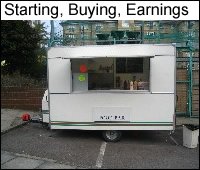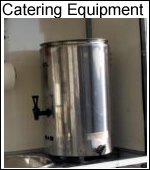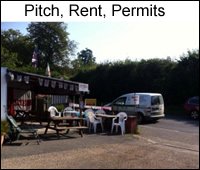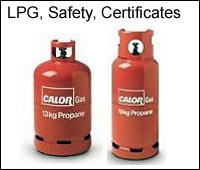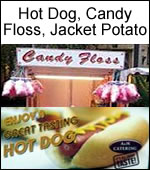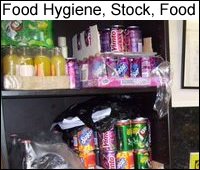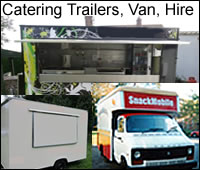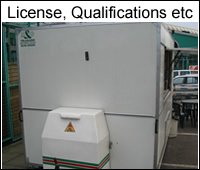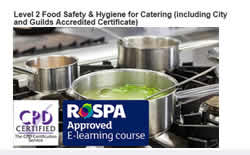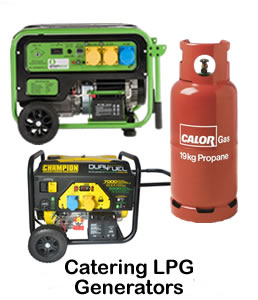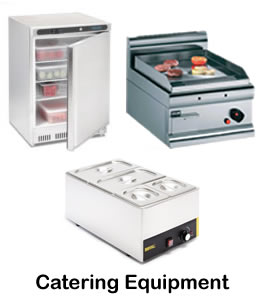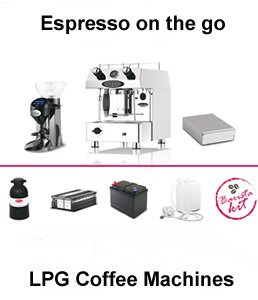Gazebo Setup, How to Keep Food Cold for 4 days without Electricity
by janice
(bradford)
Hi,
I have a gazebo setup for my mobile catering business and have just signed up for a 3 day festival. What's the best way to keep my food really cold over the 3 days?
I have a couple of Igloo cool boxes but have not tested them over more than 1 day.
I did think about putting frozen food in them and hope that they don't go above 8 degrees in 3 days...has anyone tested this or have experience with this scenario?
Thanks for any advice.
J
Comments for Gazebo Setup, How to Keep Food Cold for 4 days without Electricity
|
||
|
||


